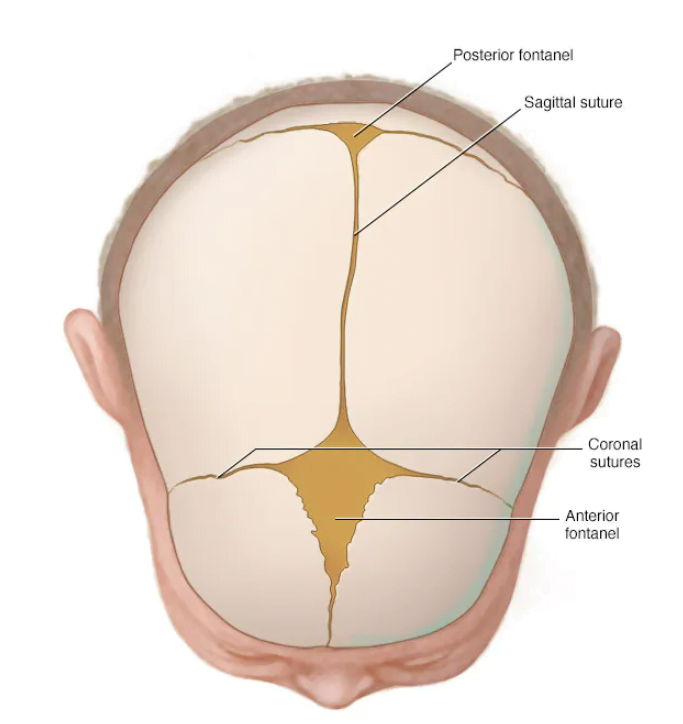A new study in which it was possible to achieve tissue regeneration instead of filling root canals
In the ever-evolving landscape of dental care, a groundbreaking technology is on the horizon, challenging the conventional approach to treating endodontic diseases. Scientists at ADA Forsyth
are spearheading a study that explores the potential of tissue regeneration as a more effective alternative to traditional root canal therapy (RCT). This aligns with advancements in tissue regeneration techniques, such as those detailed in a study on Guided Bone Regeneration (GBR), which have shown significant progress in healing bone tissue through natural processes.
Resolvins and the Power of Regeneration
The study, titled “RvE1 Promotes Axin2+Cell Regeneration and Reduces Bacterial Invasion,” published in The Journal of Dental Research, sheds light on the regenerative properties of resolvins, specifically Resolvin E1 (RvE1), a member of the Specialized Proresolving Mediators (SPMs) class. SPMs, naturally produced by the body, exhibit remarkable efficacy in controlling inflammation associated with various diseases.
Addressing Pulpitis: A Common Oral Health Challenge
Dr. Thomas Van Dyke, Vice President at the Center for Clinical and Translational Research at ADA Forsyth, underscores the significance of tackling pulpitis, an inflammation of dental pulp. While RCT has proven effective, it has inherent drawbacks such as the removal of significant dentin portions, leading to potential future fractures. The goal of the study is clear: to pioneer a method for regenerating the pulp, avoiding the need for inert materials in root canals.
Unraveling the Findings
1. Effectiveness in Direct Pulp-Capping
The research illuminates RvE1’s effectiveness in promoting pulp regeneration, particularly when applied directly to vital or living pulp, replicating conditions of reversible pulpitis. The study identifies the specific mechanisms supporting tissue regeneration, marking a pivotal advancement in endodontic care.
2. Mitigating Infection and Inflammation
In cases of exposed, severely infected, and necrotic pulp, RvE1 application did not facilitate regeneration. However, it successfully slowed down infection rates, treated inflammation, and prevented periapical lesions. Notably, previous studies have demonstrated that cleaning the infected root canal before RvE1 treatment results in successful pulp regeneration.
Beyond Teeth: The Therapeutic Potential
Dr. Van Dyke highlights the transformative potential of RvE1 beyond dental applications. By promoting the formation of versatile stem cells capable of differentiating into tooth, bone, cartilage, or fat, this technology extends its impact to the broader field of regenerative medicine. The prospect of growing bones in other parts of the body opens new avenues for therapeutic interventions.
Funding and Acknowledgments
The study, generously funded by the Alvin Krakow Harvard/Forsyth Research Fund and the National Institute of Dental and Craniofacial Research (NIDCR), stands as a testament to the collaborative efforts driving innovation in dental science.
Conclusion
In conclusion, ADA Forsyth’s research on RvE1 and tissue regeneration unveils a paradigm shift in endodontic care. This pioneering technology not only offers a more effective alternative to traditional RCT but also holds immense promise for regenerative medicine on a broader scale. The journey from dental pulp to potential bone growth signifies a transformative leap towards a future where tissue regeneration takes center stage in oral and overall health.
Sources
- ScienceDaily – Scientists work to bring tissue regeneration to replace root canal treatment; December 1, 2023
- Sage Journals – RvE1 Promotes Axin2+ Cell Regeneration and Reduces Bacterial Invasion; October 13, 2023















